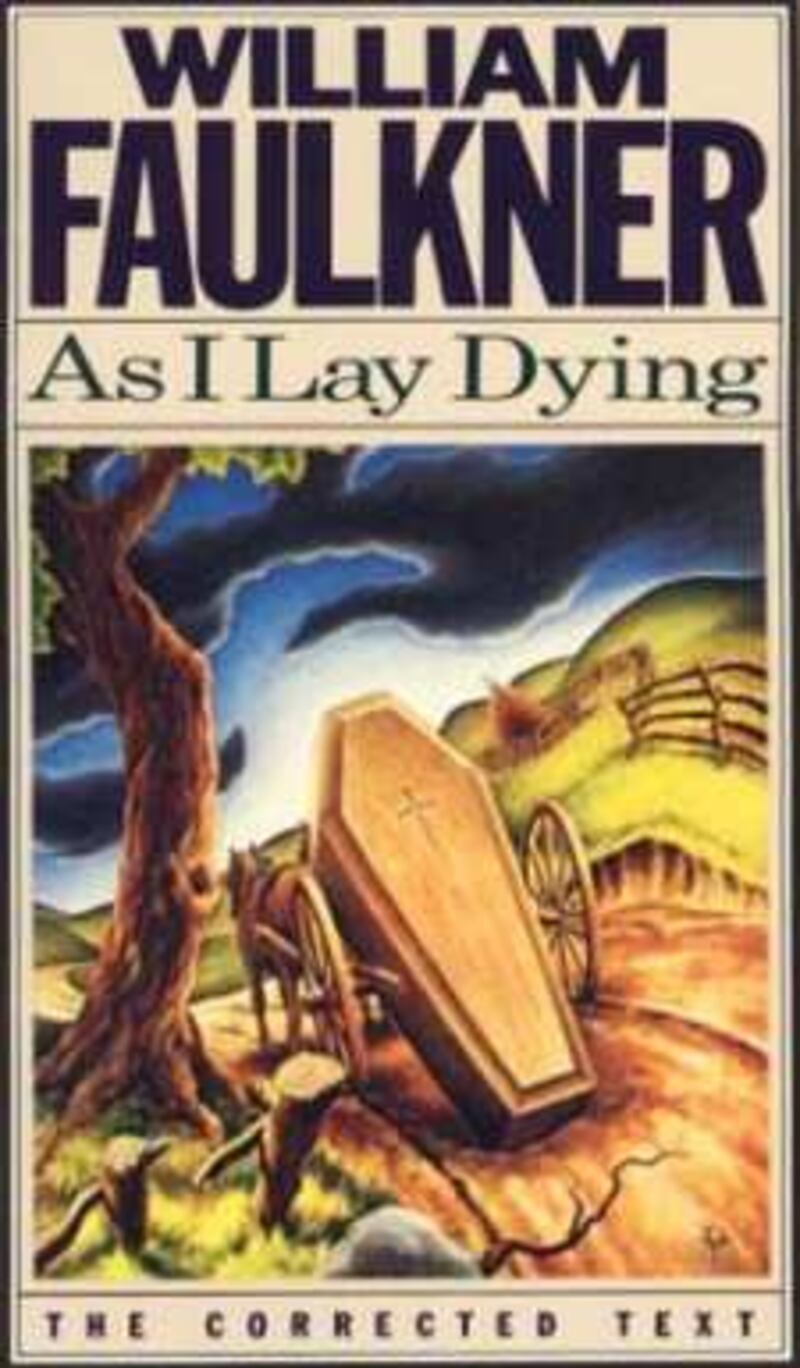
As I Lay Dying (1930), William Faulkner
The dark, foreign and contradictory nature of the south comes to life in Faulkner’s novel about the death and subsequent funeral arrangements of the mother of a white trash family from Mississippi. On her death bed, Addie Bundren announces she wants to be buried in her hometown of Jefferson. Her un-embalmed body is loaded into the family wagon as husband Anse and his adult children set off on a trek to lay her to rest. Biblical storms, arson, abortion and broken limbs are all part of the nightmarish journey across Mississippi county.

Their Eyes Were Watching God (1937), Zora Neale Hurston
An essayist, poet and playwright, the Alabama author is best known for her second novel Their Eyes Were Watching God, which charts the life of an African-American woman in her early forties through a series of extended flashbacks. Considered a seminal work in African-American and women’s literature, the book follows Janie Crawford as she details her marriages to three very different men. Set in southern and central Florida, a series of violent and unnatural events, most memorably a devastating hurricane, let Janie’s story show the wider social and political landscape.
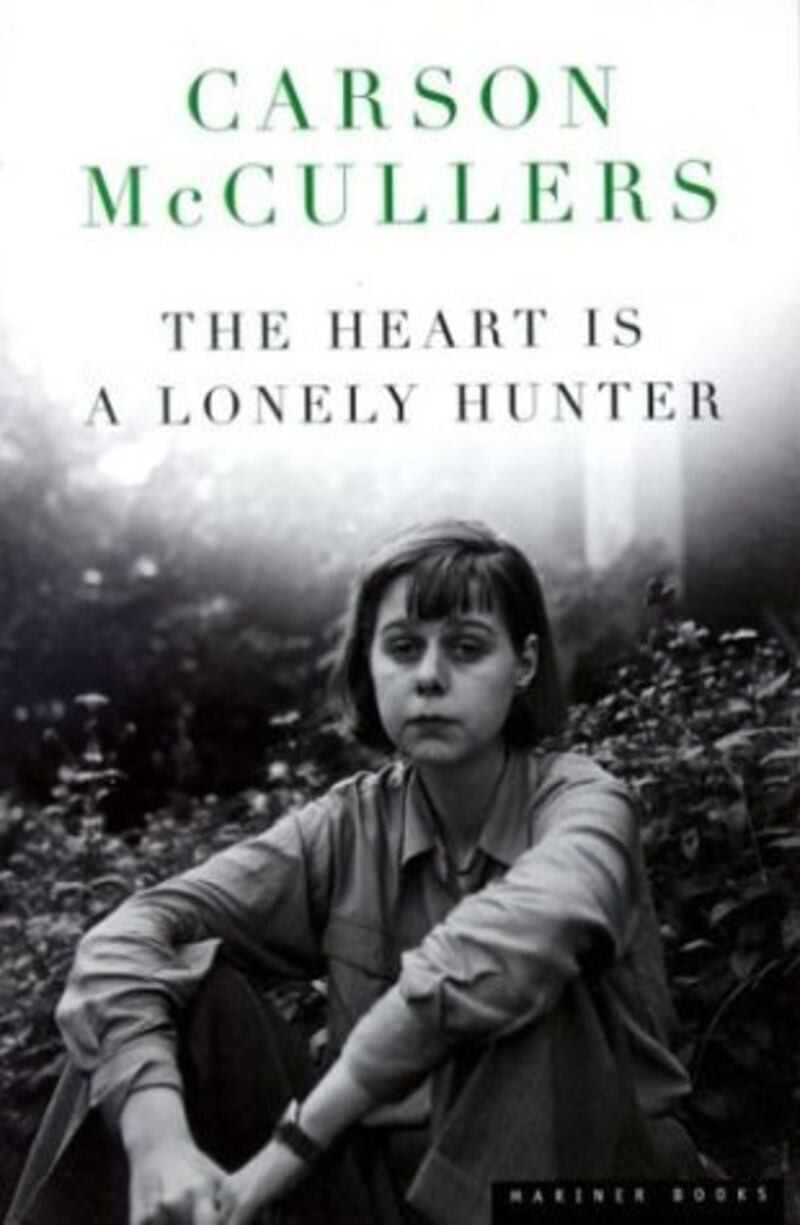
The Heart is a Lonely Hunter (1940), Carson McCullers
McCullers published her debut novel at twenty-three, having left her hometown of Columbus, Georgia for New York. After rheumatism interrupted her piano studies at Julliard, McCullers decided to become a writer and took night classes at Columbia University. The Heart Is a Lonely Hunter focuses on a bunch of misfits in a small mill town in thirties Georgia. Giving a voice to individuals rejected or oppressed by that society, McCullers uses her central character John Singer to examine the intimate friendship between two deaf men.
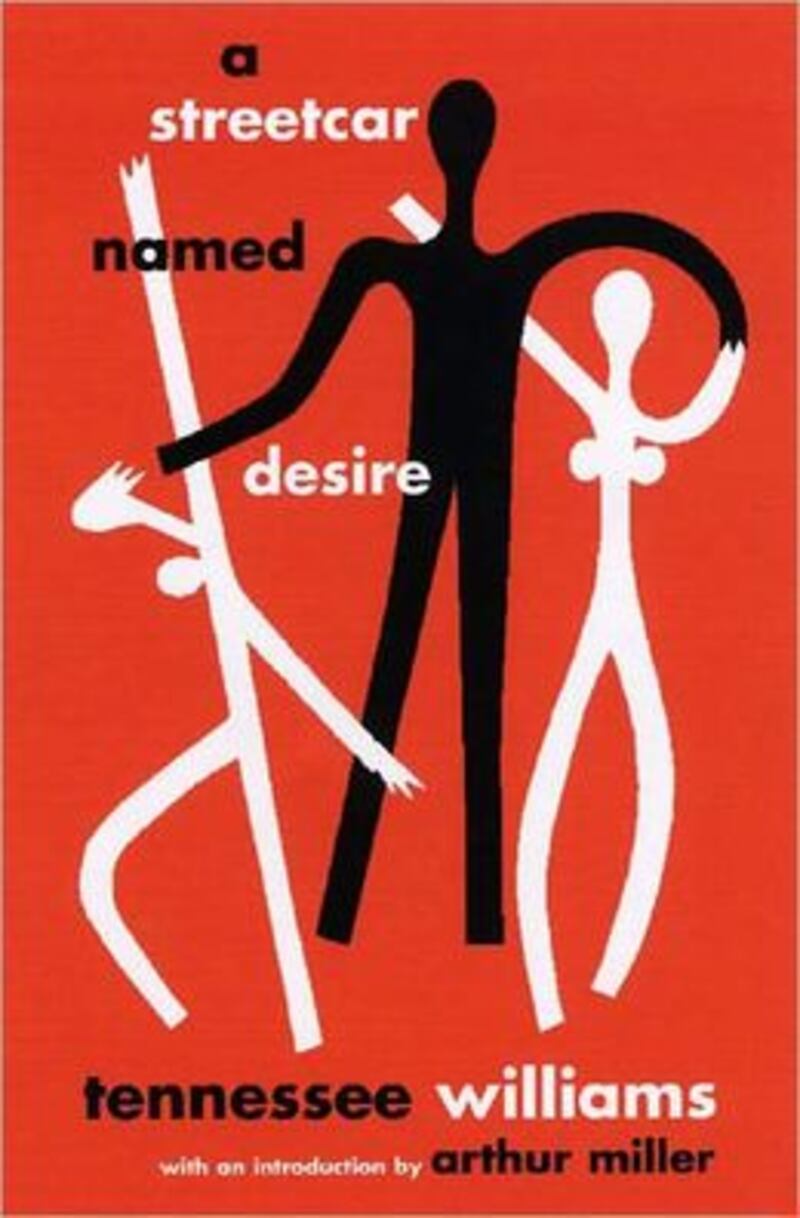
A Streetcar named Desire (1947), Tennessee Williams
Reimagining the Southern belle as a mentally unhinged woman with a dark past, Williams makes great use of gothic tropes such as oppressive setting and weather in his compelling tale of the demise of an aging beauty. With reclusive tendencies, an alcohol problem, an obsession with bathing and a horror of natural light, Blanche Du Bois is an archetypal gothic heroine battling her demons, and the more tangible dangers of violent men in the sweltering New Orleans climate.

A Good Man Is Hard to Find (1955), Flannery O’Connor
“I use the grotesque the way I do because people are deaf and dumb and need help to see and hear.” O’Connor placed her morally flawed protagonists in monstrous settings and situations to highlight the everyday horrors of the southern world portrayed so vividly in her fiction. Battling lupus throughout her adult life, O’Connor completed two novellas and 32 short stories before her death at 39. The 10 stories in her collection A Good Man Is Hard to Find range in topic from serial killers to baptisms, with violent scenes, life-or-death scenarios and characters punished by malevolent strangers as they make wrong choices in an unfair world.

To Kill a Mockingbird (1960), Harper Lee
The author of the moment published her first novel fifty-five years ago after a lengthy process of editing and rewriting. To Kill a Mockingbird centres on the trial of a black man, Tom Robinson, accused of raping a white woman in the fictional town of Maycomb, Alabama. Set over three years of the Great Depression, the bildungsroman is narrated by six-year-old Scout, the daughter of the lawyer representing Robinson. The co-existence of good and evil in Maycomb society is made clear by Lee’s startling narrative, which borrows heavily from the gothic tradition. Scary neighbours, haunted houses, unusual snowfalls, sudden fires and a truly grotesque scene where the villainous Bob Ewell attacks a child - Lee is a master of foreshadowing and creating tension as the reader waits for the verdict to be delivered.

Geronimo Rex (1972), Barry Hannah
Blending dark comedy and situational humour with macabre, often absurd plots, Hannah’s fiction earned the late Mississippi author the tag of ‘gonzo-gothic’. His debut novel Geronimo Rex is a grotesque coming-of-age tale set in the fictional southern town of Dream of Pines, full of colourful characters and vibrant language. Reviewing the book for The New York Times, the novelist Jim Harrison called Hannah “one of those young writers who is brilliantly drunk with words and could at gunpoint write the life story of a telephone pole.”
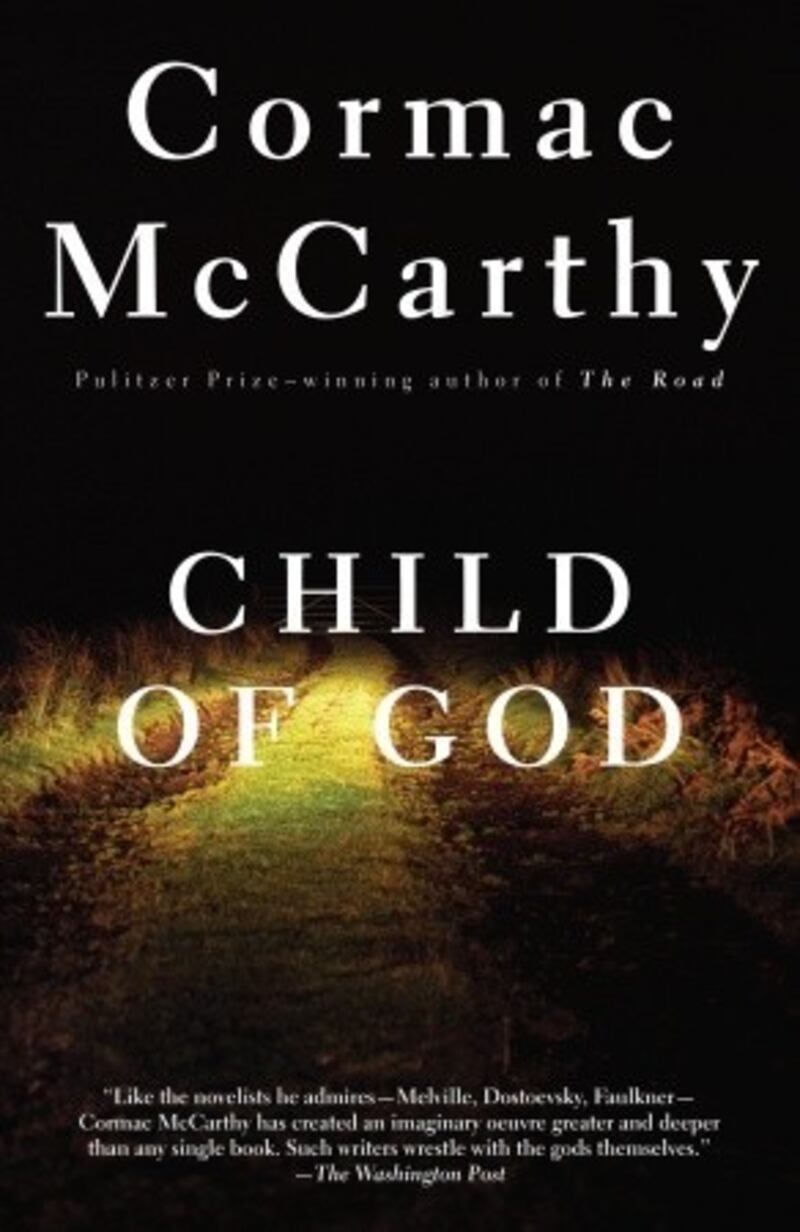
Child of God (1973), Cormac McCarthy
Before he moved to western and post-apocalyptic genres, McCarthy made his name with his macabre tales of Southern outcasts and their deeply troubled lives. Born in Rhode Island, his family relocated to Knoxville, Tennessee when McCarthy was a child, offering the writer-to-be fertile terrain for his fiction. Set in Appalachian Tennessee in the sixties, McCarthy’s third novel tells the story of a violent young man, Lester Ballard, who becomes so marginalised from society that he lives in a cave. Sexual deviancy, moral degradation and cruelty to women are explored as Ballard continues his decline. A precursor to the grit-lit fiction of Ron Rash, Larry Brown and Daniel Woodrell.

Twilight (2006), William Gay
Forget Stephenie Meyer and her lovelorn vampires. The Tennessee writer William Gay’s final novel Twilight is an altogether more perverse take on life and death. Undertaker Fenton Breece likes to mutilate dead bodies before he buries them. When a pair of teenage siblings discover what he’s doing - after he mutilates their father - a chase narrative gets underway across a Grimm-esque forest known as the Harrikin, deep in Tennessee wasteland. Psychotic killers, bent cops and plenty of necrophilia thrown in for good measure.]
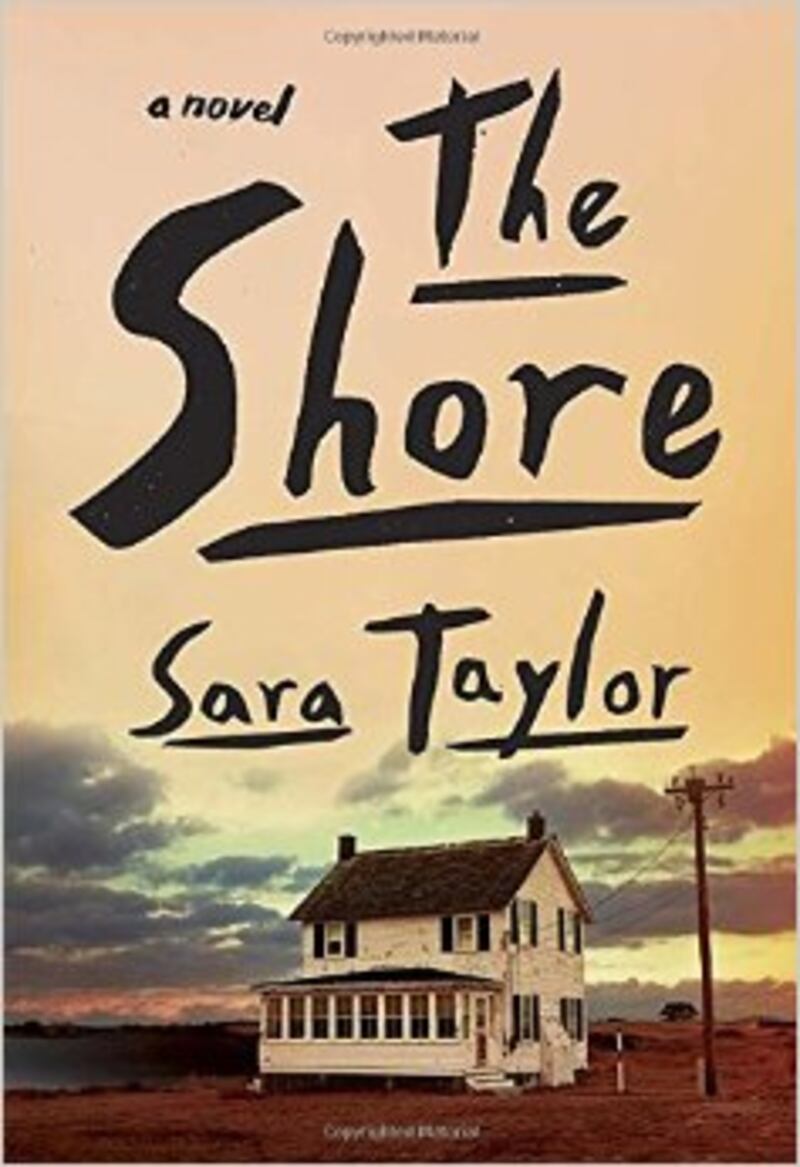
The Shore (2015), Sara Taylor
This ambitious debut earned the Virginian author Sara Taylor a nomination for the 2015 Baileys Women’s Prize for Fiction. In the thirteen interlinked stories that make up The Shore, a sprawling and interconnected community tell their tales of birth, death and murder over four centuries. Ambiguous gender roles, abusive males, and the whiff of decay hanging over the islands - brilliantly imagined through the stench of chicken factories - lend a convincingly southern gothic feel to the writing.










